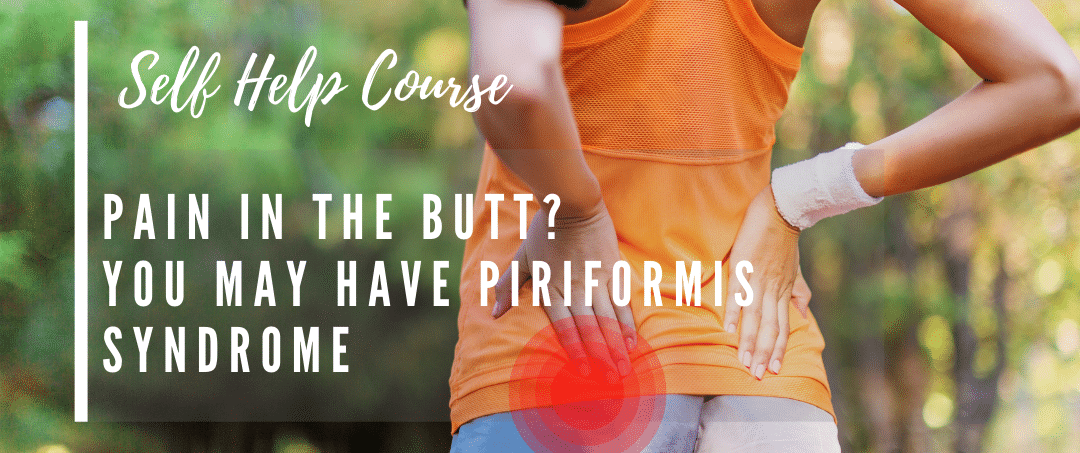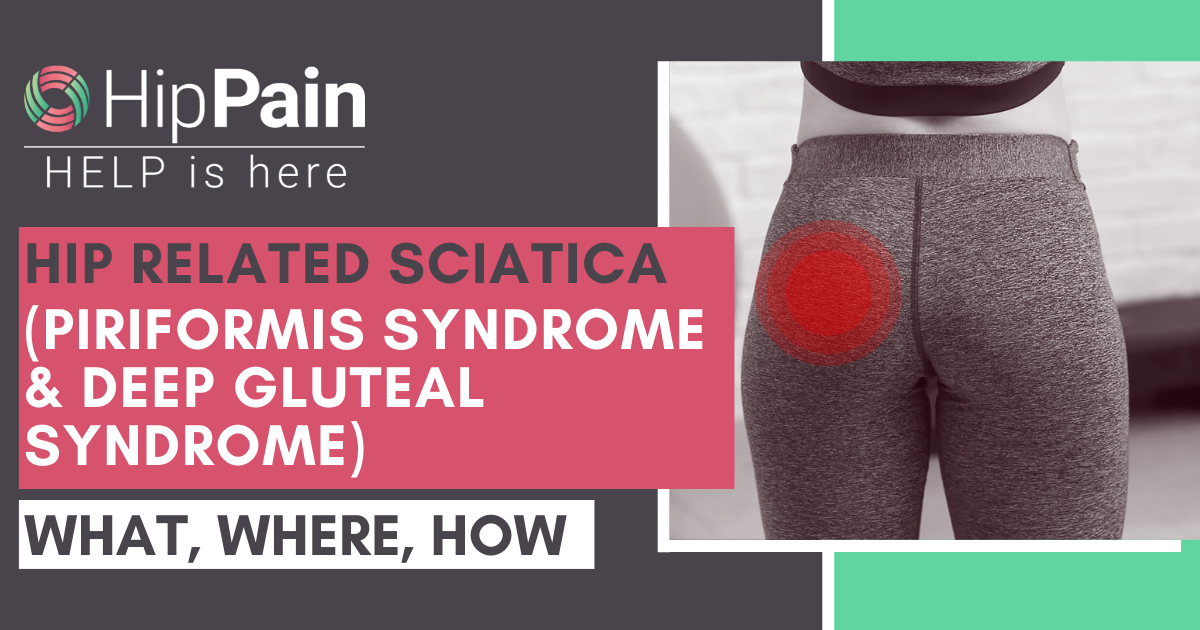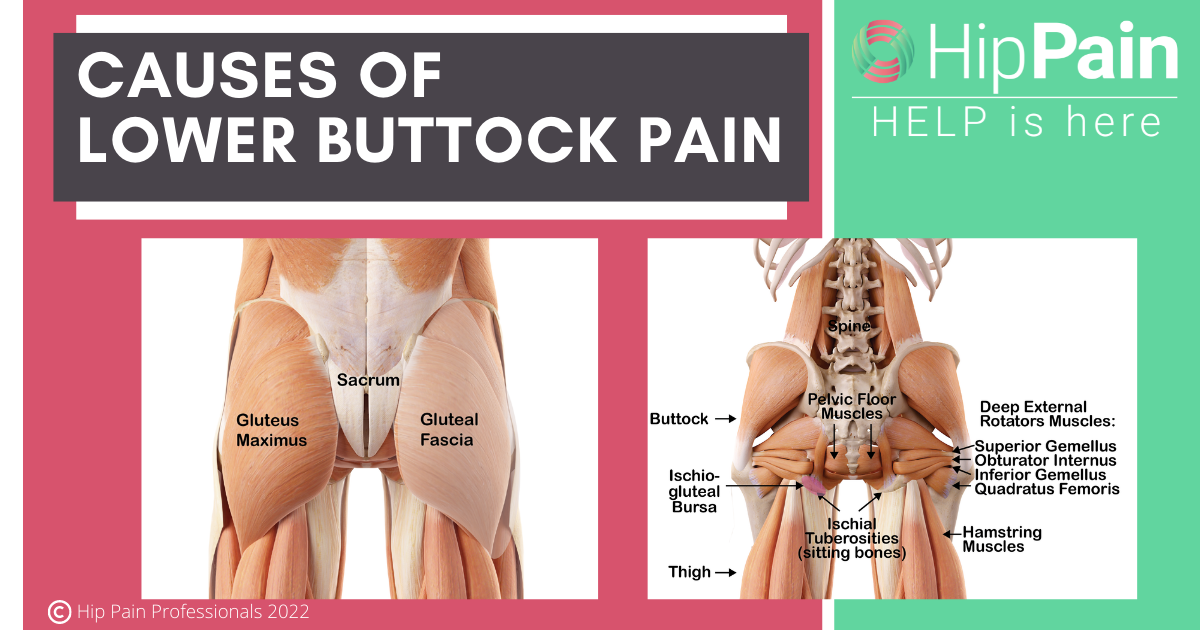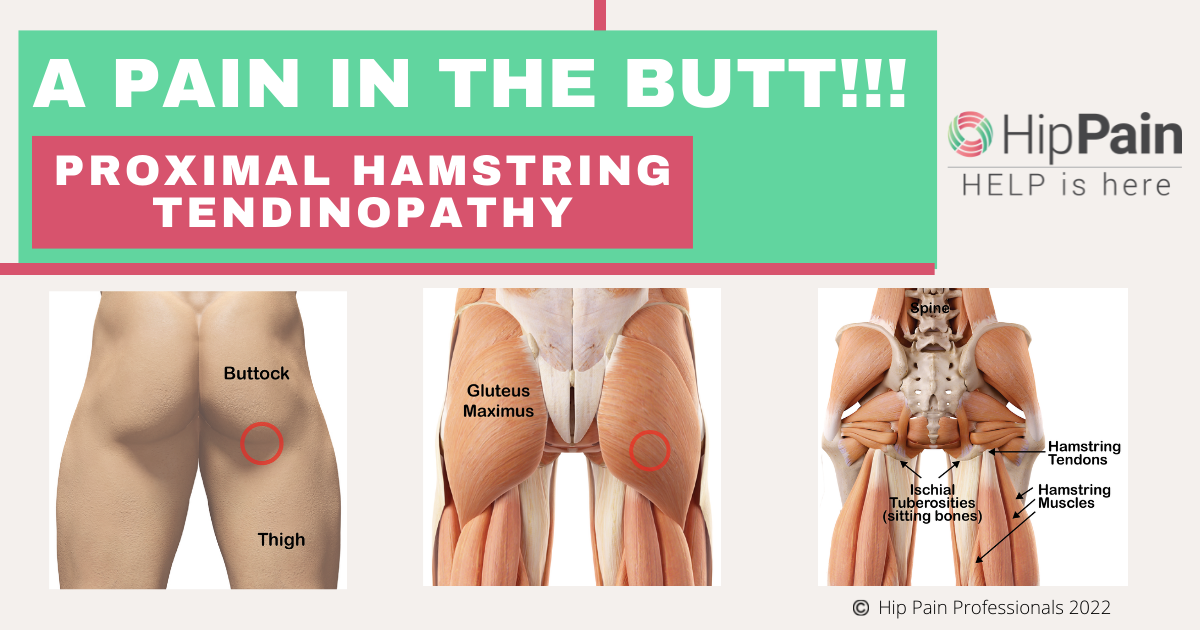

What are your Options For Best Treatment of Proximal Hamstring Tendinopathy?
In order to ensure you are engaging in the best option in the treatment of proximal hamstring tendinopathy, discuss your pain with a Hip Pain Professional as early as possible. They will ensure that you have been given a correct diagnosis. Your Hip Pain Professional will look for reasons underlying your tendon condition. They will then develop a personalised recovery plan for you.
You can read more about what proximal hamstring tendinopathy is, its symptoms and causes, in our previous blog, “What is Proximal Hamstring Tendinopathy – A Pain in the Butt”
Best treatment for proximal hamstring tendinopathy almost always begins with Education and Exercise. Most people will get an excellent outcome with this approach. Early treatment is likely to lead to more rapid and complete recovery. For those that do not recover with education and exercise, there are extra options.


1. Education:
Gaining an understanding of what the problem is and how to stop provoking it, is the first important step. This is often called ‘load management’. Your Hip Pain Professional can identify specific aggravating factors and provide individualised advice. Things you do regularly may be making the situation worse. For example, hamstring stretching for proximal hamstring tendinopathy is usually not recommended. Seating advice may also be very helpful. Purchasing a “pressure cushion” specially designed to alleviate pressure at the area of pain can be beneficial. You can read more about these and purchase a cushion at our self help shop here.

 A specific and individualised exercise program is the other main aspect of treatment. Improvements can occur quickly, particularly if you have caught the problem early. If you have had the condition for a long time, progress may be slower. In either case, it is a good idea to continue an exercise program for at least 3-6 months. This will allow time to see the full effect of treatment.
A specific and individualised exercise program is the other main aspect of treatment. Improvements can occur quickly, particularly if you have caught the problem early. If you have had the condition for a long time, progress may be slower. In either case, it is a good idea to continue an exercise program for at least 3-6 months. This will allow time to see the full effect of treatment. 3. Injections
3. Injections 4. Shockwave Therapy
4. Shockwave Therapy







